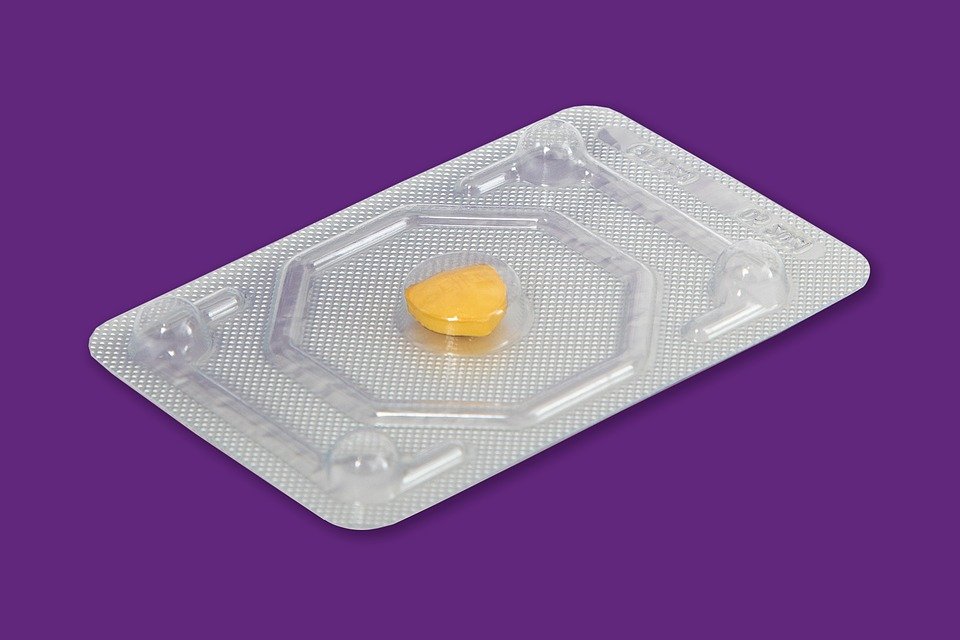
Hypertension, also known as high blood pressure, is a common and dangerous condition that affects millions of people worldwide. It is often referred to as the “silent killer” because it usually has no symptoms and can go unnoticed for years until it causes serious health problems. Understanding hypertension is crucial in order to prevent and manage this potentially life-threatening condition.
Hypertension is defined as having a blood pressure reading of 140/90 mmHg or higher. Blood pressure is the force of blood pushing against the walls of the arteries as the heart pumps blood throughout the body. When this force is consistently too high, it can cause damage to the arteries and organs, leading to serious health complications such as heart disease, stroke, and kidney failure.

There are two main types of hypertension: primary (essential) hypertension and secondary hypertension. Primary hypertension is the most common type and has no identifiable cause. It is often the result of a combination of factors such as genetics, diet, lifestyle, and age. Secondary hypertension, on the other hand, is caused by an underlying health condition such as kidney disease, hormonal disorders, or certain medications.
Risk factors for developing hypertension include obesity, a sedentary lifestyle, a diet high in salt and processed foods, excessive alcohol consumption, and smoking. Genetics also play a role, as individuals with a family history of hypertension are at a higher risk of developing the condition themselves.

The consequences of untreated hypertension can be severe. Over time, high blood pressure can damage the arteries, leading to atherosclerosis (hardening of the arteries) and an increased risk of heart attack and stroke. It can also cause damage to the kidneys, eyes, and brain, resulting in kidney failure, vision loss, and cognitive impairment.
Diagnosing hypertension is relatively straightforward and involves measuring blood pressure using a sphygmomanometer. A blood pressure reading consists of two numbers: the systolic pressure (the top number) and the diastolic pressure (the bottom number). A normal blood pressure reading is typically around 120/80 mmHg, while a reading of 140/90 mmHg or higher is considered hypertensive.

Treatment for hypertension usually involves a combination of lifestyle changes and medication. Lifestyle modifications such as maintaining a healthy weight, exercising regularly, following a balanced diet low in salt and saturated fats, reducing alcohol intake, and quitting smoking can help lower blood pressure and reduce the risk of complications. In some cases, medication may also be necessary to control blood pressure levels.
It is important for individuals with hypertension to monitor their blood pressure regularly and follow their healthcare provider’s recommendations for managing the condition. This may involve taking medication as prescribed, attending regular check-ups, and making necessary lifestyle changes to improve overall health.
In conclusion, hypertension is a common and serious health condition that can have devastating consequences if left untreated. Understanding the risk factors, symptoms, and complications of hypertension is crucial in order to prevent and manage this silent killer. By making healthy lifestyle choices, monitoring blood pressure levels, and seeking appropriate medical care, individuals can reduce their risk of developing hypertension and improve their overall health and well-being.

Discover more from Bibliobazar Digi Books
Subscribe to get the latest posts sent to your email.


